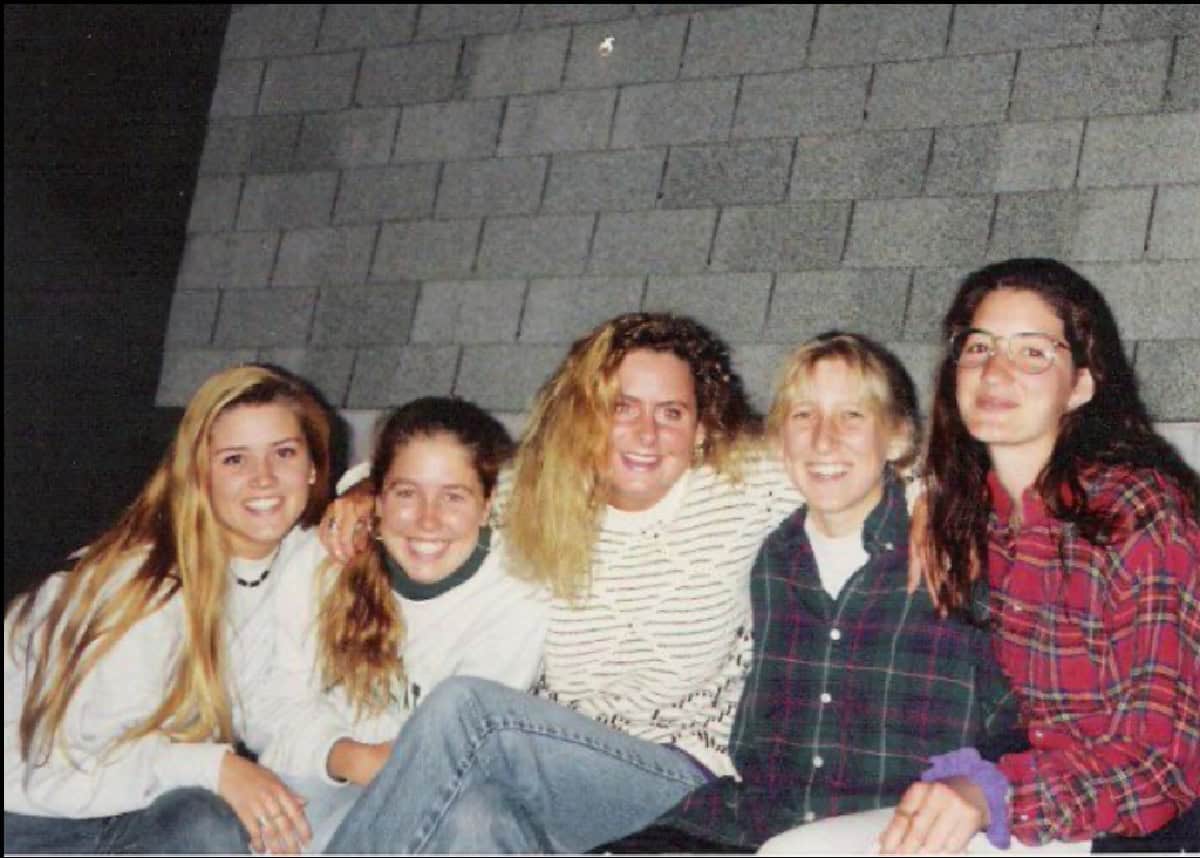With breastfeeding, the types of possible positions, methods like switch nursing, and other techniques sometimes seem limitless. This is important to remember, especially if your little one is struggling with breastfeeding. If, at first, you are not succeeding, don’t give up. There are more breastfeeding positions and methods to try that might be just right for your baby.
Switch nursing is a breastfeeding method that many may not be aware of. The term describes a method commonly recommended for infants sleepy at the breast or mothers with low milk supply. This technique involves frequently switching the breast the baby is feeding on to facilitate active sucking and swallowing and triggering multiple letdowns from the mother. Although no research supports the effectiveness of switch nursing, it is still frequently recommended.1
Why Switch Nursing?
Breastfeeding does not always come easy to every mother and baby duo. When a baby can’t stay awake long enough at the breast to remove milk adequately, this can cascade into the mother experiencing a low milk supply. In this scenario, switch nursing could be a helpful technique to implement into the feeding routine.
A mother’s milk supply depends on how much breast milk is removed from her breasts. The amount of milk a baby removes when breastfeeding will match the amount the mom makes if she is not expressing milk additionally on her own. This begins a chain of events leading to a low milk supply and can impact a baby’s ability to gain weight through breastfeeding.1
When a baby is sleepy at the breast, you may see them actively sucking and swallowing when they first latch and experience mom’s let down, but soon after, a pattern of non-nutritive sucking begins. Non-nutritive sucking is a term used to describe a baby sucking at the mother’s breast but not removing milk or receiving nutrition from the sucking pattern. The mother-baby duo could benefit from implementing switch nursing into their breastfeeding routine.1
The idea behind switch nursing is that frequently switching the breast the mother offers throughout the feeding will trigger frequent letdowns and cause an active swallowing response more frequently. This can lead to the baby receiving and removing more breast milk. As a result, the baby will be helping the mom increase and maintain her milk supply.2
How Does Switch Nursing Work?
Switch nursing requires observation from the breastfeeding mother, who watches the baby sucking and swallowing closely while feeding. Once the baby goes from active swallowing to non-nutritive sucking, the mom is ready to “switch.” 1
When switch nursing, the mom should gently slide her finger into the corner of the baby’s mouth. From here, gently pull down on her breast to break the seal. The baby will then be ready to latch onto the other breast. This pattern can be repeated several times.1,2
Breast massage with switch nursing can help increase milk production and the calories in the breast milk. It is advised to compress when the baby is actively sucking and begin to release when swallowing starts. As swallowing ends, gentle compression can start again.1,2
It is essential not to compress or massage your breast too hard because it could cause damage, leading to further problems such as plugged ducts or mastitis. Speaking with a lactation consultant or healthcare provider to review breast massage techniques is always a good idea.
Important Tips To Consider
There are some circumstances where switch nursing will not be helpful. This includes if you have a baby with low endurance when it comes to feeding. This could be related to being premature, losing weight, or having an illness.1
Although switch nursing helps sleepy babies feed for more extended periods, it might not be the best method for infants struggling with weight gain. When switching breasts, there is the risk that the baby will only be receiving the mother’s foremilk, not the calorie-dense hindmilk that comes later in a breastfeeding session.3
It is also essential to note that switch nursing is not meant for long-term implementation in the breastfeeding routine.
When concerns arise or you have problems breastfeeding, contact your healthcare team for guidance and recommendations. Speak to your team before changing to nursing so they can help you closely monitor your little one’s weight.
Breastfeeding offers many benefits to mom and baby. We wish it could come without challenges, but that is rarely true. Thankfully, with the help and support of a lactation specialist, you can navigate the challenges together. Who knows, maybe switch nursing is the answer you need. Talk with your team because you never know!

 PARENTING TIPS
PARENTING TIPS







 PREGNANCY
PREGNANCY








 BABY CARE
BABY CARE








 TODDLERS
TODDLERS








 TEENS
TEENS








 HEALTH CARE
HEALTH CARE






 ACTIVITIES & CRAFTS
ACTIVITIES & CRAFTS








 CONTACT
CONTACT ABOUT
ABOUT


